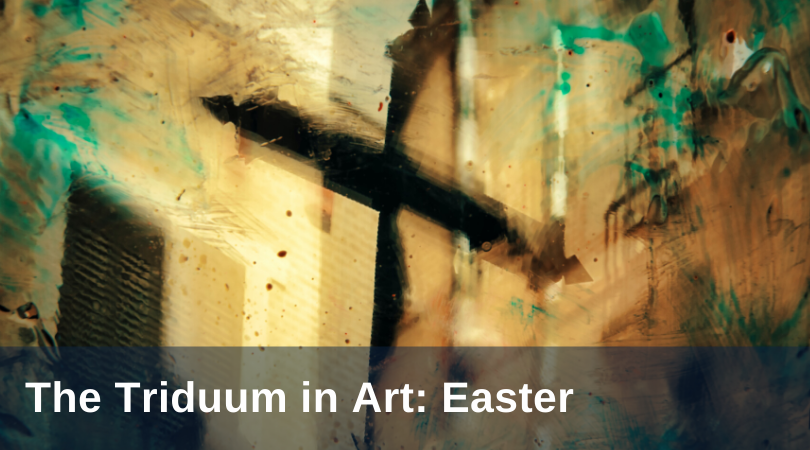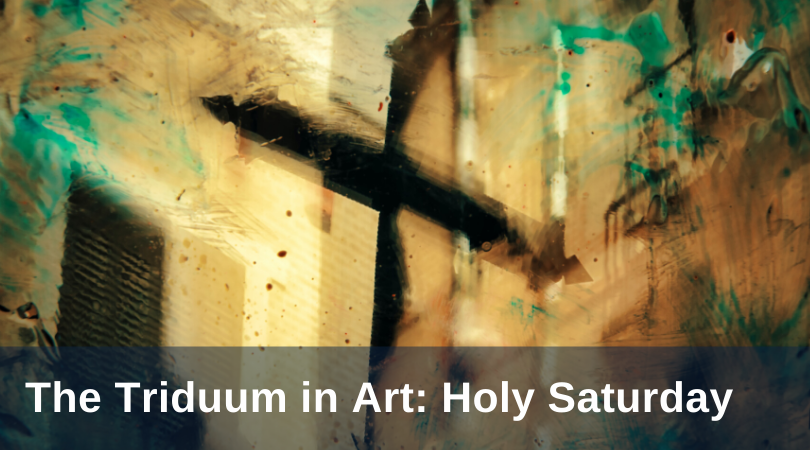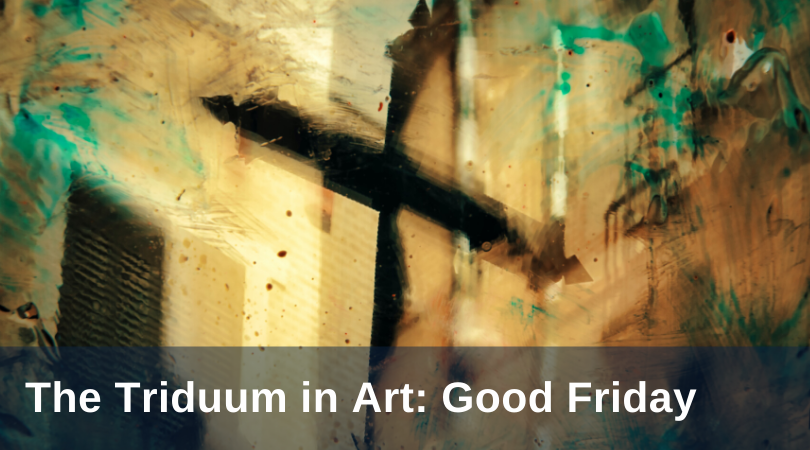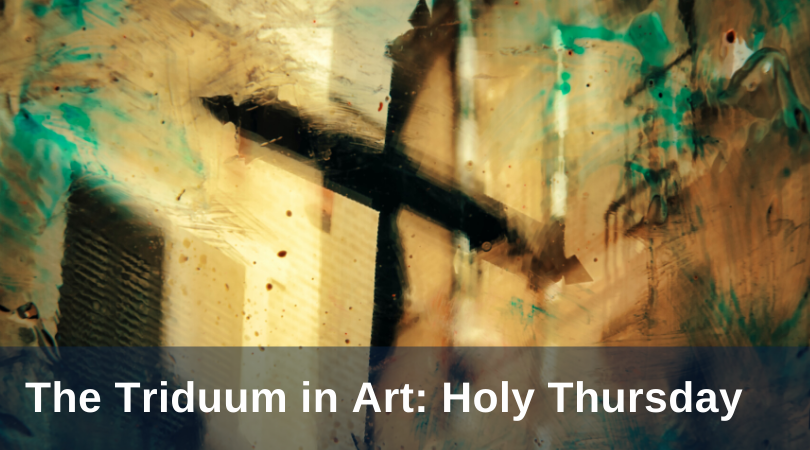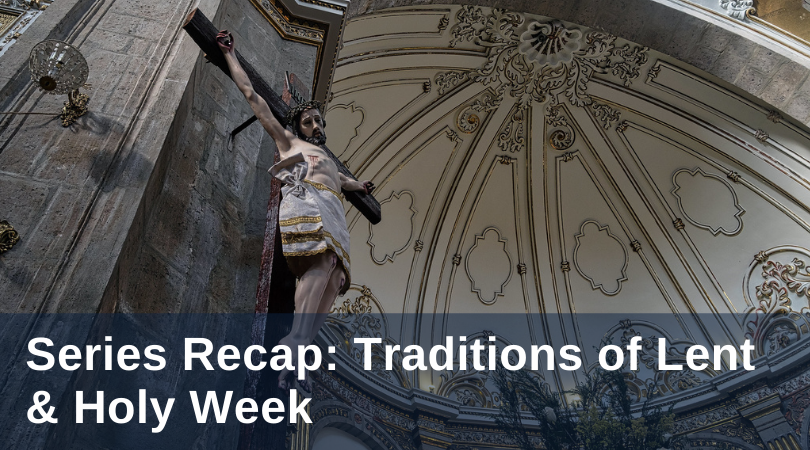“‘O truly blessed Night,’ sings the Exultet of the Easter Vigil, ‘which alone deserved to know the time and the hour when Christ rose from the realm of the dead!’ But no one was an eyewitness to Christ’s Resurrection and no evangelist describes it. No one can say how it came about physically.” (Catechism of the Catholic Church, §647)
“‘By the grace of God’ Jesus tasted death ‘for everyone.’ In his plan of salvation, God ordained that his Son should not only ‘die for our sins’ but should also ‘taste death,’ experience the condition of death, the separation of his soul from his body, between the time he expired on the cross and the time he was raised from the dead. The state of the dead Christ is the mystery of the tomb and the descent into hell. It is the mystery of Holy Saturday, when Christ, lying in the tomb, reveals God’s great sabbath rest after the fulfillment of man’s salvation, which brings peace to the whole universe.” (Catechism of the Catholic Church, §624)
Topics: art, Holy Saturday, Lent, Paschal Triduum
In this extraordinary work, Pacino di Bonaguida (1280–1340) depicts the Cross of Jesus as the Tree of Life (ca. 1305–1310). In a cave at the root of the tree lies the devil (his image was scratched out sometime in the 15th century), and at ground level, the Genesis narrative of the creation and fall unfolds, indicating that Christ’s Death upon this Cross, this tree, sprouted from the seed of Adam and Eve’s sin. Twelve branches sprout from the trunk, symbolizing the twelve tribes of Israel and the twelve Apostles of Jesus. Hanging from these branches are the fruits of the Crucifixion, and each fruit depicts a scene from the life of Christ.
Topics: art, Easter, Lent, Paschal Triduum, Good Friday
On Holy Thursday, we celebrate the last night in the life of Christ, when he “gave the supreme expression of his free offering of himself,” and “transformed [the] Last Supper with the apostles into the memorial of his voluntary offering to the Father for the salvation of [all]” (CCC, §610). Jesus, in offering his Body and Blood under the veil of bread and wine, anticipates the complete gift of self he will make on the Cross the next day. In the fathomless grace of the Eucharist, by the working of the Holy Spirit, Jesus draws all who receive him into unity with himself and with one another, and in this communion, he offers them to the Father.
Topics: art, Holy Thursday, Lent, Paschal Triduum
One of the great gifts of the Catholic Church is that its universality allows the mysteries of the faith to be expressed in endless ways in the beauty of different cultures. We see this perhaps most readily in traditions of visual art, but we also see it in the traditions of devotional prayer and popular (as in “of the people”) piety that have developed in particular parts of the world. The season of Lent and Holy Week has given rise to numerous beautiful practices: think of how many different ways one can pray the Stations of the Cross, for example. This practice encompasses a broad range of possibilities—from meditating as a community on Christ’s Passion in a parish church with Scripture, poetry, and music, to staging a full re-enactment of Jesus’ journey to Calvary in a performance of “Living Stations of the Cross” with actors, costumes, and props.
Topics: devotional prayer, Hispanic Catholicism, Holy Week, Lent, Hispanic ministry

